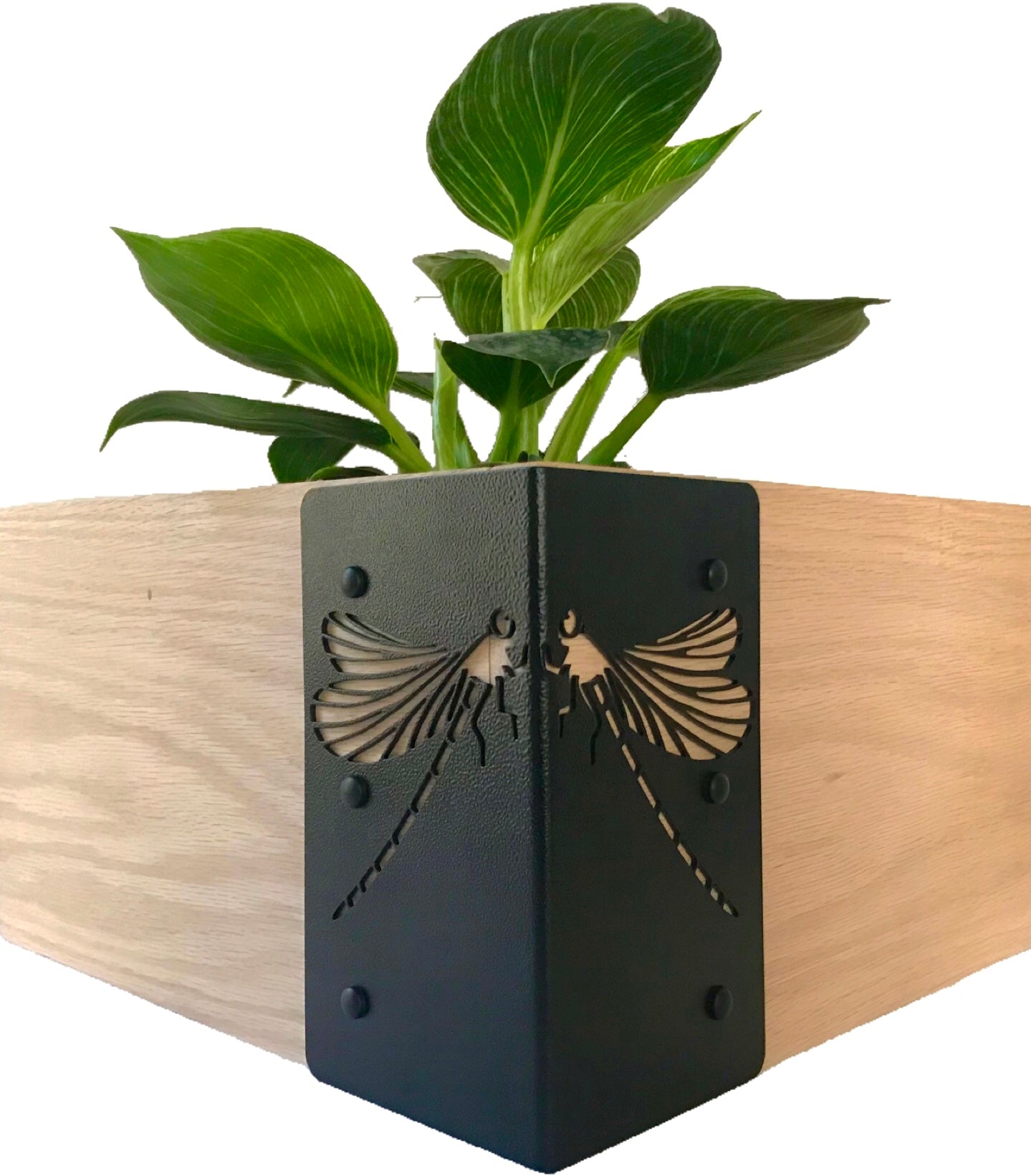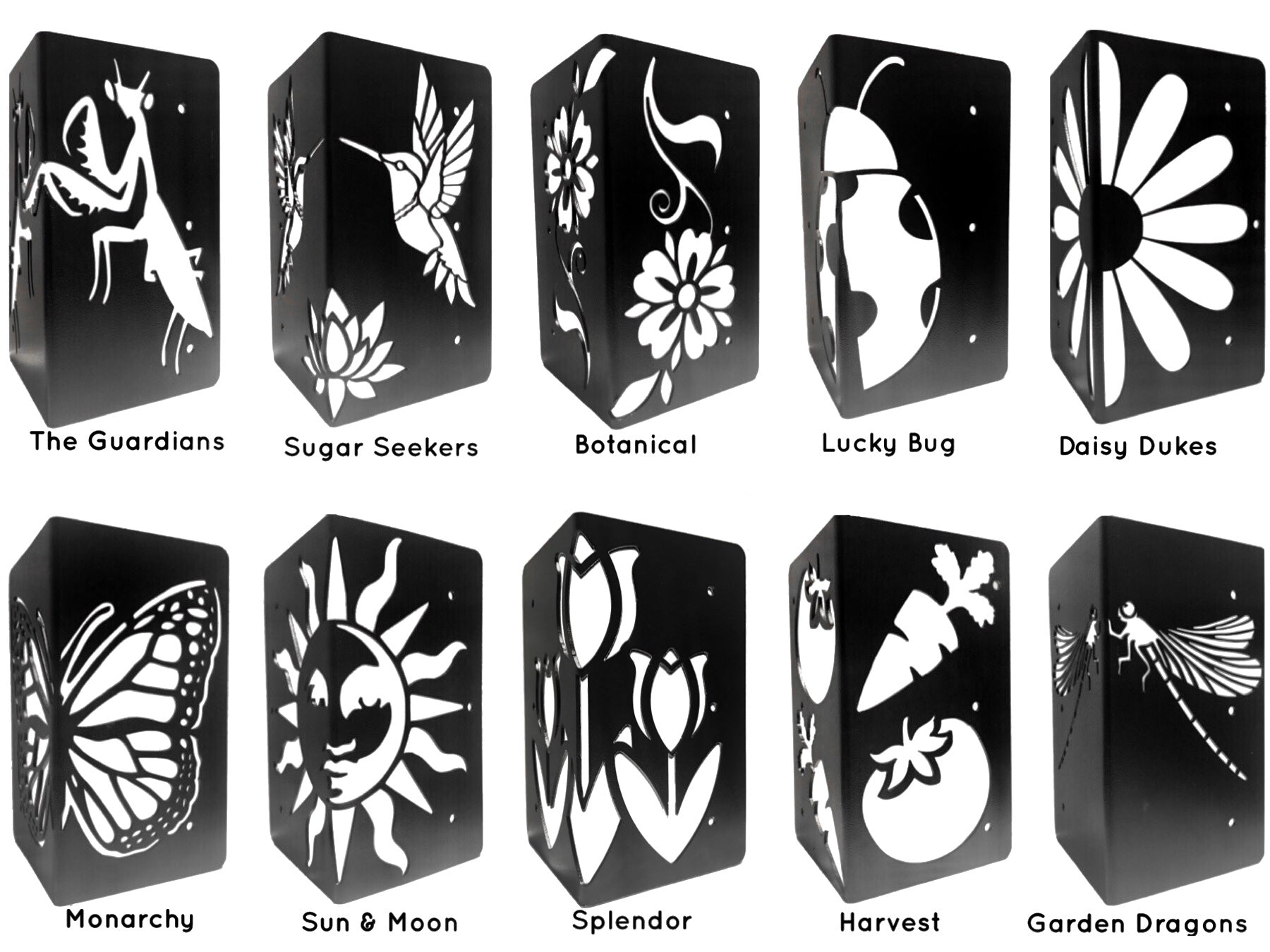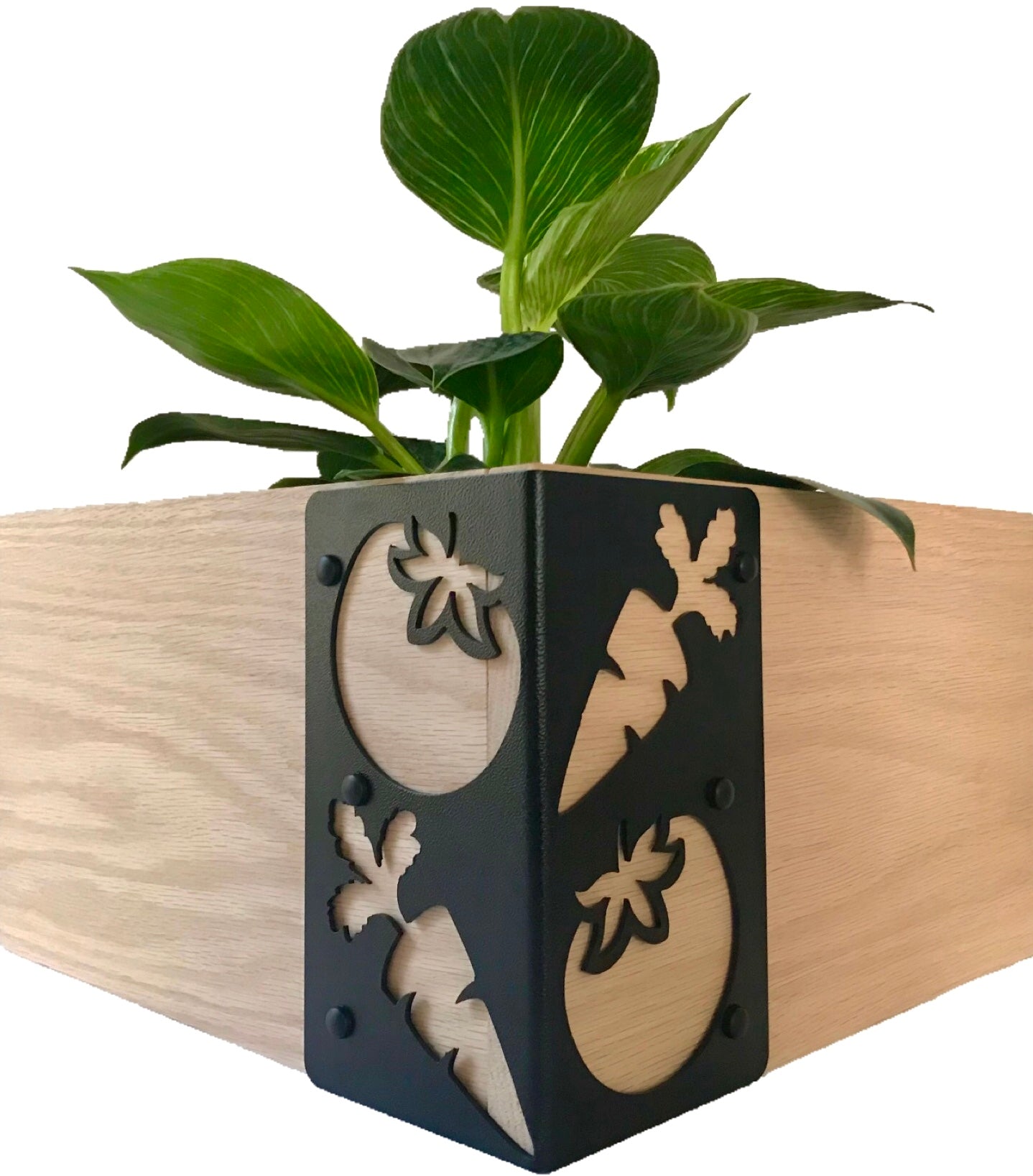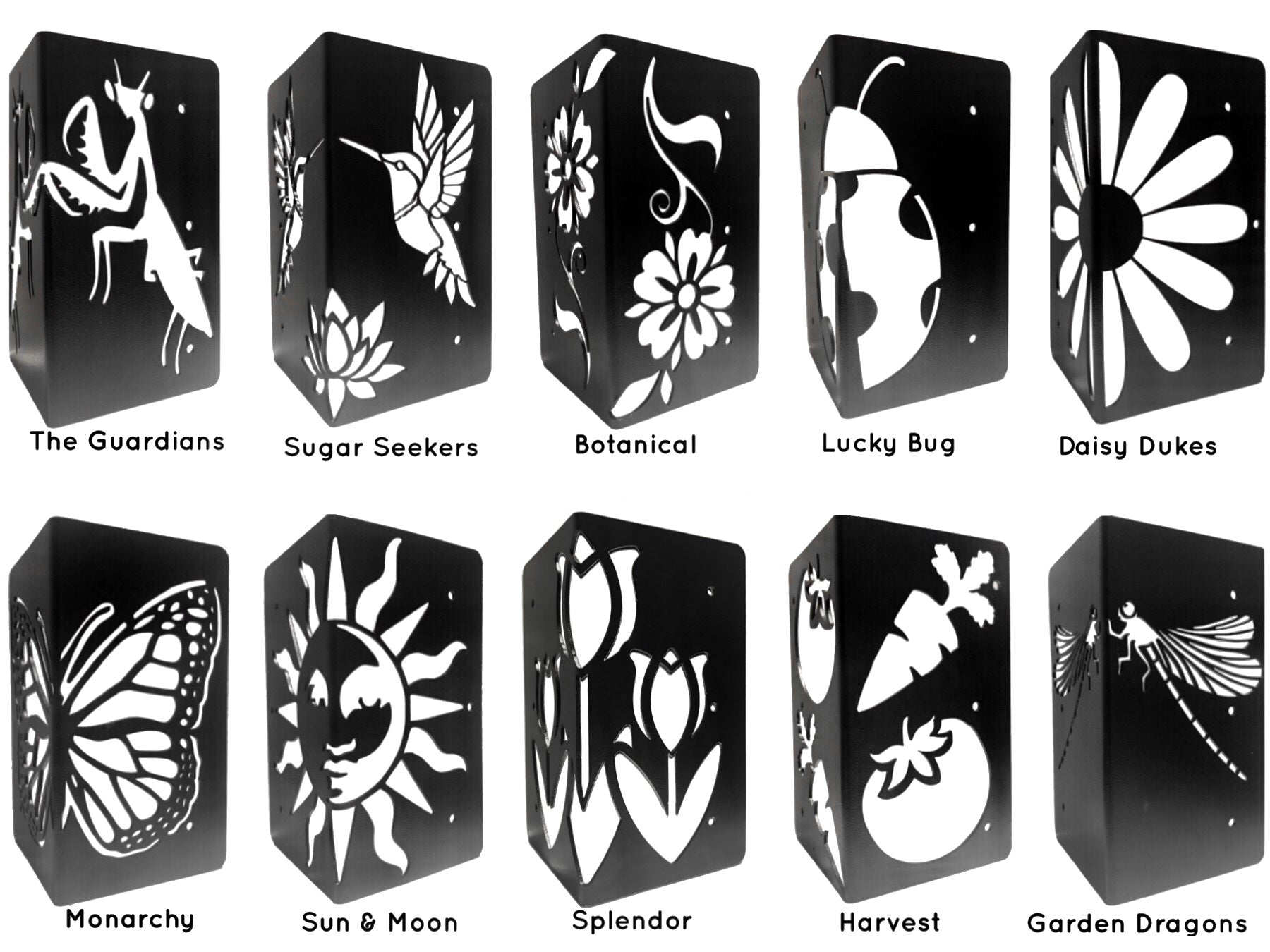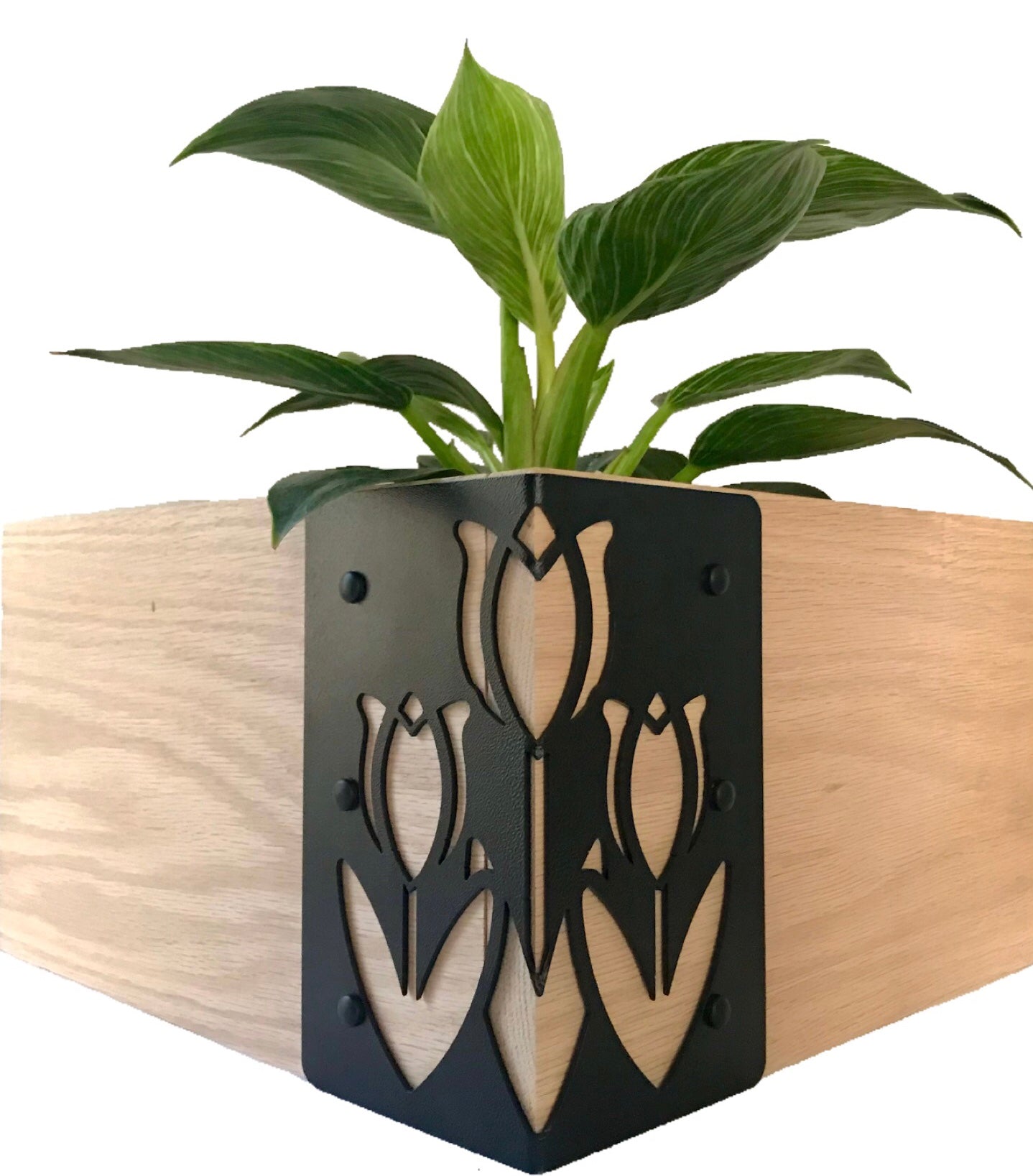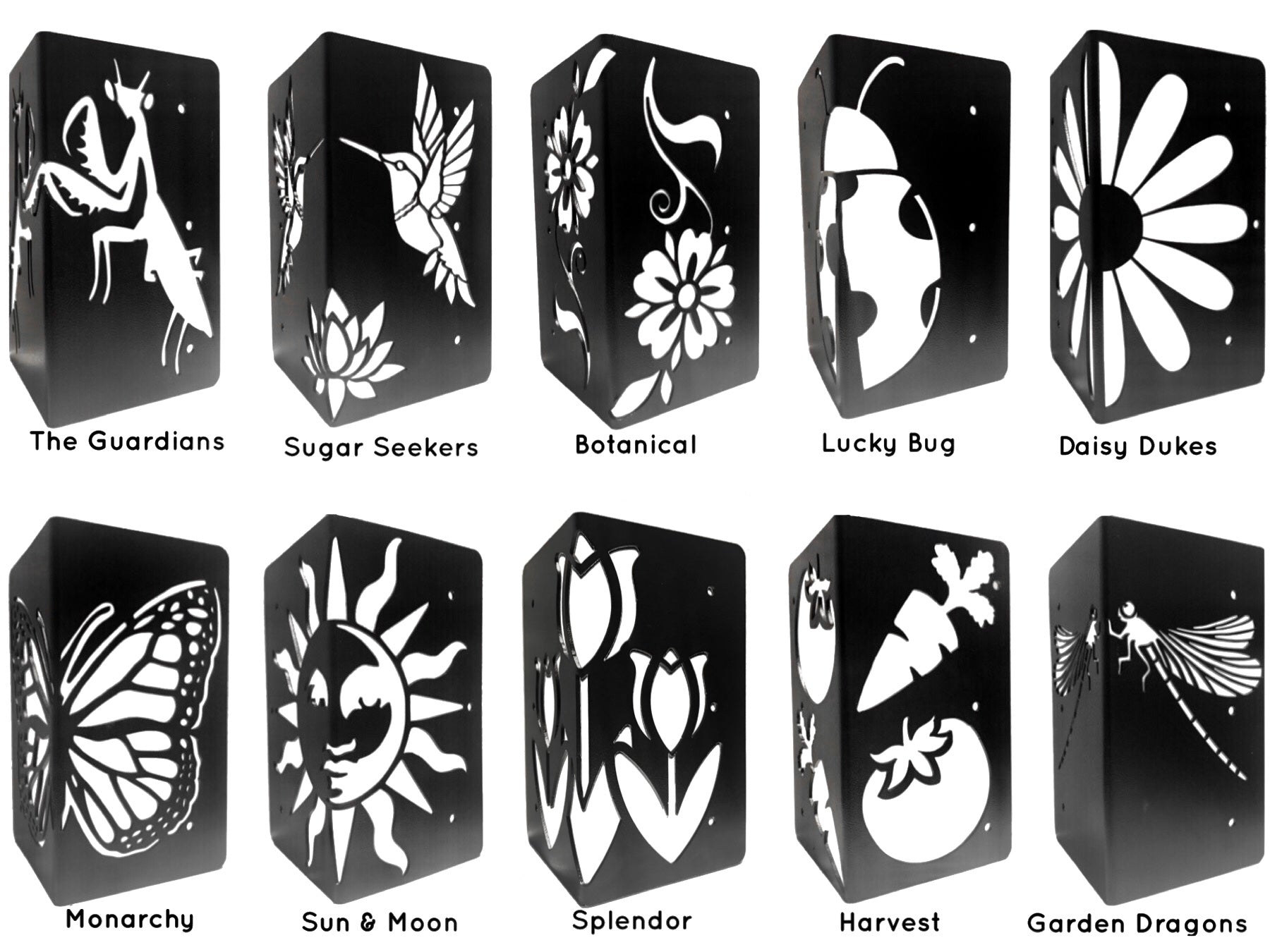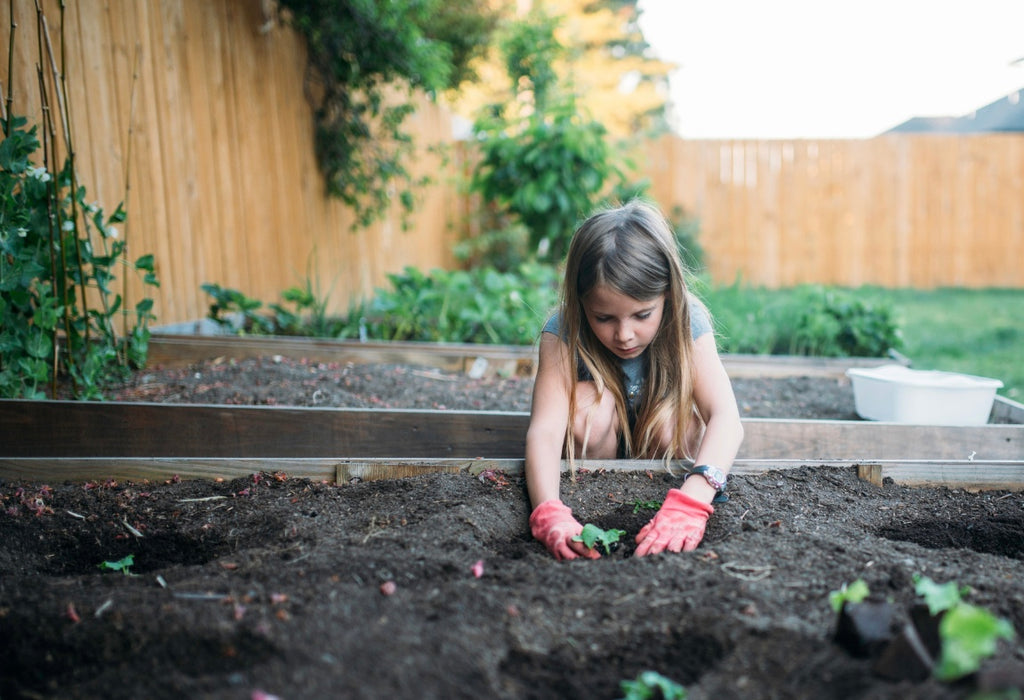
Should I plant seeds or seedlings in my raised beds?

With the increase of awareness about home-grown organic food, the gardening market is also expanding. The availability of already grown transplants has led to the confusion of which one of the two, seeds or transplants (seedlings), is better. There's no one answer to this question; the truth is, both seeds and seedlings have their advantages and disadvantages. Their usage mainly depends on the need or the situation. For those of us deciding to grow vegetables in raised garden beds, let's have a look at how to choose between these two with their pros and cons:
How to choose between Seeds and Seedlings when planning a raised bed
Selecting between direct seeding and transplanting seedlings in your raised garden bed can be determined by answering three basic questions:
- Is the vegetable you're planning to grow easily germinates from seed?
- If you choose the transplanting method, does the vegetable transplant well?
- Is the remaining growing season long enough for your selected vegetable to mature if planted through seed?
Answers to these questions will decide which option to opt for when growing vegetables on a raised garden bed. Your answer will depend on the climate of your area, to some extent. In northern gardens where the growing season is only 5 months long, a gardener may not have enough time to grow from seeds, but in southern areas where the growing season runs from February to November, there's enough time to grow vegetables such as peppers and tomatoes from seed.
There's also a wealth of information available on seed packets to help you make your choice:
- Sowing Time:
The information about sowing time relative to the last frost in your area will be given in the packet. It may even tell you to start your seeds indoors, as much as 8 weeks before the last frost.
- Time to Maturity:
The information about the maturity time of your selected vegetable will also be mentioned in the seed packet. It will tell how long after the sprouting of the seed, the plant reaches maturity. If the packet says that your plant will reach maturity in 75 days, you won't get any produce until after that time.
Vegetables that are often direct-seeded in the raised garden beds
Vegetable plants with long taproots and root crops, such as carrots, usually don't transplant well in a raised garden bed and need to be direct-seeded. Some quick-growing plants, like summer squash and peas, don't benefit from starting indoors because plants growing through seeds in the raised bed will quickly catch up to transplants.
Below are some common vegetable plants that are usually grown through the direct-seeding method.
- Beans
- Carrots
- Beets
- Cucumbers
- Muskmelons
- Watermelon
- Corn
- Lettuce
- Okra
- Garlic
- Parsnip
- Pumpkins
- Peas
- Radishes
- Rutabaga
- Salsify
- Turnips
- Squash
Vegetables that are usually transplanted as seedlings in the raised garden beds
Although it's possible to grow almost all the vegetables through seeds, slow-growing vegetable plants are usually planted as seedlings. The following vegetables are normally easier to transplant into a raised garden bed as established seedlings:
- Broccoli
- Basil
- Brussels sprouts
- Cauliflower
- Cabbage
- Chinese cabbage
- Chives
- Celery
- Chard
- Eggplant
- Collards greens
- Endive
- Lale
- Escarole
- Kohlrabi
- Mustard
- Leeks
- Parsley
- Zucchini
- Peppers
- Tomatoes
Vegetables that are started from bulbs or roots in a raised bed
Then there are a handful of vegetable plants that aren't often planted from seeds or seedlings on a raised bed but from bulbs or root divisions:
- Artichoke: grown by root division called tubers
- Shallots and Garlic: planted from cloves
- Asparagus: grown from 1-year-old roots
- Onions: planted from sets
- Horseradish: planted from root cuttings
- Sweet potatoes: grown from slips
- Potatoes: planted from tubers/division
- Garden Rhubarb: planted from root crowns
The benefits of planting seeds in raised garden beds
- Growing through seeds is much cheaper than growing through seedlings in a raised bed.
- Seeds can be collected and stored at the end of a growing season.
- Untreated and organic seeds are not readily available in the market.
- Heritage or unusual varieties are usually only available in the seed form.
- Some seeds can be grown directly in a raised garden bed, but you need to grow others first in seed trays to use them as transplants.
The benefits of planting seedlings in a raised garden bed
- Creating your raised vegetable garden through seeds is easier and less time-consuming.
- Growing through seedlings provides you a kick start into the season. You can even save up to six weeks of growing time.
- Growing through seedlings minimizes wastage as it allows you to grow only what you need.
- Be careful when growing through seedlings as they are weak and can have a transplant shock if not removed properly.
Whatever you choose for your raised bed, either growing through seeds or transplants, it's best to decide on a strategy before planting time. Get your plants in the raised garden bed as early as possible, so they have enough time to adjust (acclimate) to the warming weather and to provide them the longest growing season possible.


